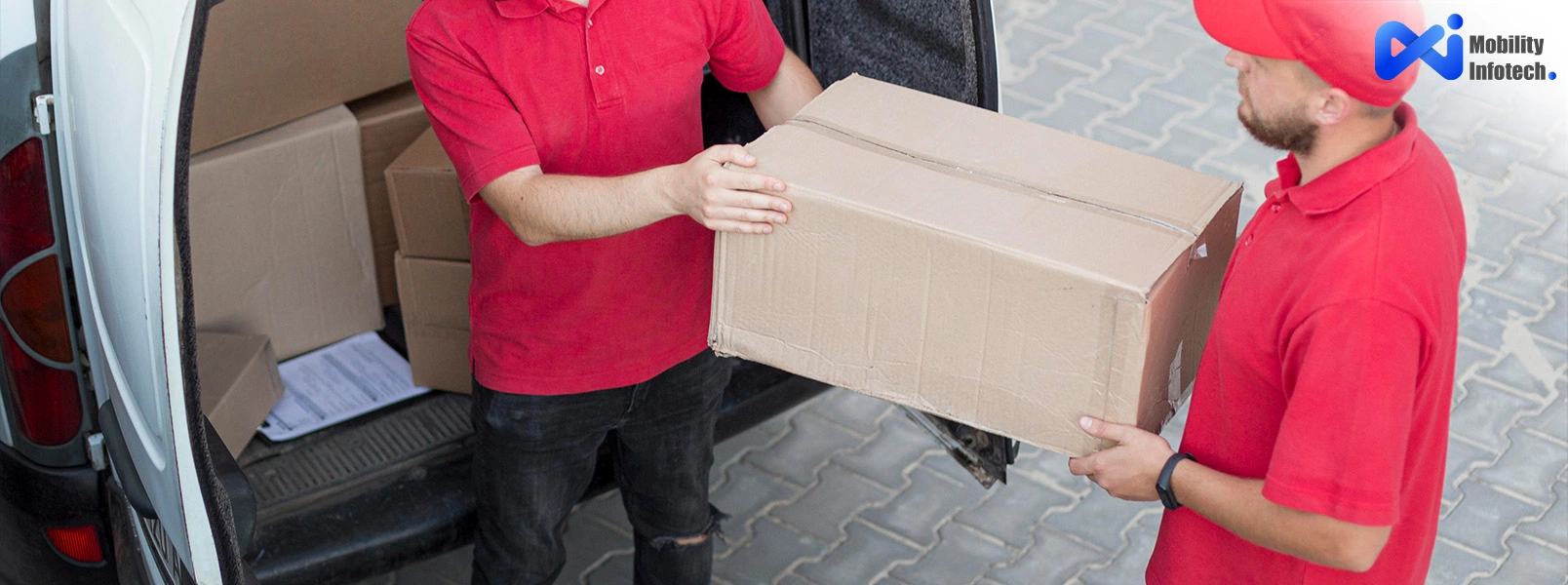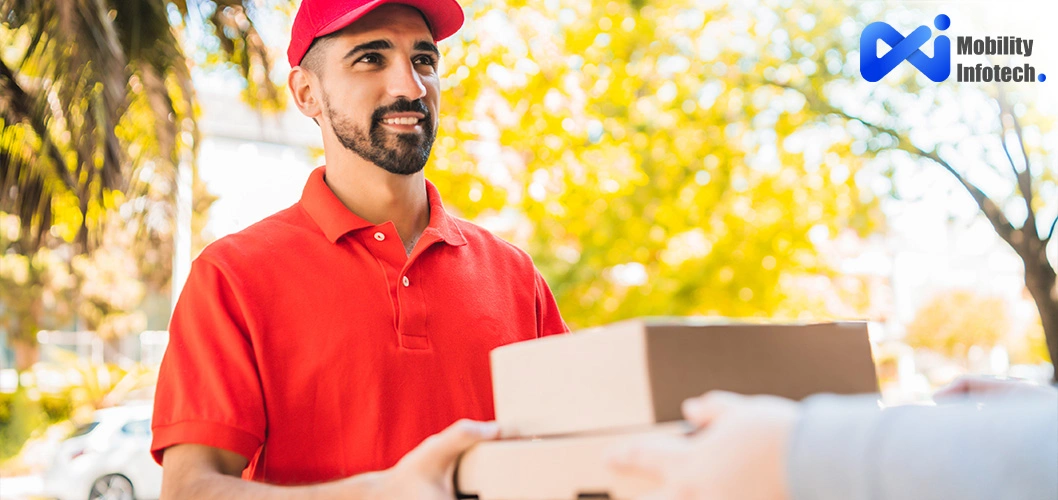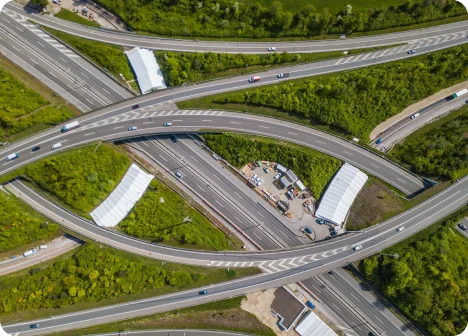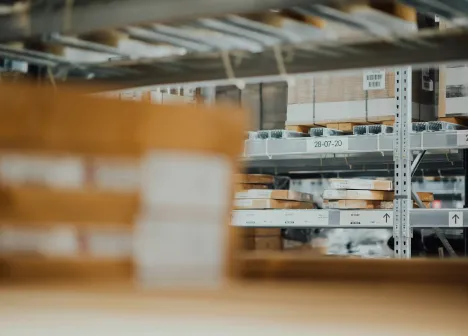How AI Is Transforming Last-Mile Delivery for Modern E-commerce Brands

The United States has a fast-moving commerce scene. More people shop online. More brands try to deliver faster. More customers expect clear tracking and smooth handovers. Yet one part still creates pressure. The last mile. It is costly, crowded, and often unpredictable. Even strong delivery teams feel the heat.
This is the core problem today. High expectations meet a messy ground reality. A small delay at one stop can impact several others. A simple mistake in route selection can increase fuel costs. A missed turn can change the entire schedule. The last mile keeps shifting every hour. No team can depend on guesswork.
Many growing brands now realise they need smarter systems. They want clarity. They want speed. They want tools that help them respond to real world changes. This is where last mile delivery software powered by AI becomes essential. It turns scattered movement into a controlled and well-guided process.
Below is a clear breakdown of how AI is solving last mile challenges for USA based e commerce brands and why the shift matters.
The last mile looks simple at a glance. One driver. One route. One package. Yet so much happens around it.
The main issues usually fall into these areas.
1. Unstable urban routes
City traffic is never static. A road that moves fast at 9 a.m. can slow down at noon. Road works, events, and sudden jams change plans. Static routes break down quickly. Planners who use single, fixed routes see delays pile up. Good systems must change routes on the fly. They must choose paths that stay reliable as conditions shift.
2. Limited real time visibility
Many teams only learn about a problem after the package is late. They get the result but not the cause. Without live insights, it is hard to fix the right problem. You may reroute a driver when the true issue is a cluster of late pickups. Real time feeds show position, speed, and stoppage trends. They let teams diagnose bottlenecks at the moment. That lowers repeat mistakes.
3. Rising operating costs
Costs rise in small ways that add up. Extra miles burn fuel. Failed attempts force a return trip. Idle time wastes driver hours. Inefficient load planning leaves vans partly empty while other vans are overfull. Each inefficiency increases the cost per delivery. Cutting these leaks improves margins fast.
4. Customer expectations
Buyers want clear status updates. They also want narrow arrival windows. Vague or late messages cause complaints. Some customers abandon future buys after a poor delivery. Consistent, reliable notifications help keep customers happy. They reduce calls to support and raise repeat purchase rates.
These problems push companies to search for the best last mile delivery software that adapts instantly. They want a tool that learns from the road and supports the team.

AI works well in unpredictable environments. The last mile fits that profile. It is full of variables. Traffic. Weather. Order volume. Driver behaviour. Customer timing. AI studies these patterns and responds faster than manual planning.
Here is how AI improves the process.
1. Better route selection
AI blends many inputs at once. It uses historical traffic, live feeds, and delivery density. It tests many route shapes in seconds. It picks routes that balance speed and certainty. The algorithms do not chase the shortest path alone. They pick the path with the best chance of on-time delivery. This reduces the number of re-routes and missed windows.
2. Accurate delivery prediction
AI models learn from past trips and fresh signals. They update ETAs as new data arrives. If a truck slows for ten minutes, the ETA shifts right away. If a driver finds a faster shortcut, the ETA tightens. This keeps customer messages truthful. It also reduces churn in the helpdesk load. Teams can focus on true exceptions.
3. Smart driver assignment
Not every driver is the same. Some drivers know certain neighborhoods. Some handle wall-to-wall stops better. AI scores drivers on past performance and route fit. It then assigns the right driver to the right sequence of stops. This improves first try success. It also reduces driver stress and idle time.
4. Early detection of delays
AI spots odd patterns before they grow. It flags repeated slowdowns in a zone. It warns when a cluster of orders will exceed capacity. It calls attention to when a vehicle shows unusual sensor data. These early flags let dispatchers act. A small step now avoids a large rescue later.
5. Reduced cost
When routes shorten, fuel use drops. When retries fall, extra miles vanish. When loads are balanced, trucks make fuller runs. Predictive fixes reduce last-minute trucks and overtime. All this cuts the cost per delivery. The savings are steady and repeatable.
AI turns last mile delivery management into a steady and predictable operation.
Mobility Infotech TMS focuses on clarity, speed, and long-term control. It is designed for US based brands that want to grow without losing grip on daily operations.
Here is what stands out.
Unified command of the last mile
A single interface groups orders, drivers, routes, and alerts. Teams do not lose time switching tools. Planners can view cluster heat maps and assign fixes in the same screen. The result is fewer handoffs. This reduces human error and speeds decisions.
Driver-friendly navigation
The navigation for drivers is simple. It shows clear stops and step-by-step directions. It updates without confusing the driver. The app gives quick options for proof of delivery and notes. This saves time at each stop. Drivers stay focused on safe delivery.
Customer-focused tracking
The TMS pushes timely updates to customers. These updates reflect live ETAs and any changes. They also include clear next steps for the customer. The result is fewer missed deliveries and fewer complaints. Customers trust the brand more when the tracking is accurate.
Learning from every trip
Every run teaches the system something. Data about stops, time of day, and driver choices feed the learning engine. The system uses this to improve future routes and ETAs. Over weeks, the system becomes better at predicting the realities of each zone. That makes planning smoother.
Stable performance at scale
Volume spikes do not mean chaos. The TMS balances loads and assigns extra capacity earlier. It templates common surge patterns so operations can scale without frantic change. That means growth for the brand without loss of service quality.
This is why many brands rely on Mobility Infotech TMS when choosing the best last mile delivery software in a crowded market.

The last mile affects brand loyalty directly. Customers remember how fast the package reached them. They remember how clear the tracking was. They remember how smooth the exchange felt. A weak last mile hurts the brand image.
AI protects this final touchpoint. It adds clarity where things once felt rushed. It provides control where teams once felt blind. It creates a more reliable structure for the entire delivery cycle.
This leads to strong outcomes such as:
- Higher customer trust: Honest ETAs and fewer failed attempts build trust. Customers who feel in control choose the same brand again.
- Faster deliveries: Routes and assignments that learn from real data shave minutes off each stop. Small gains compound into faster day totals.
- Better ratings: On-time performance and clear tracking lead to better review scores. Higher scores show up in search results and social proof.
- Lower operational cost: Fuel, overtime, retries, and idle time all drop with better planning. Savings flow straight to the bottom line.
- Improved fleet performance: Balanced workloads and targeted routing improve vehicle use. Vehicles cover more deliveries with fewer empty miles.
- Scalable growth without stress: Brands can accept more orders and new zones. The system adjusts automatically. Teams do not break under pressure.
Brands that invest in AI-driven last mile delivery management build long-term strength.
The US market will see even more online orders. People will expect fast and predictable deliveries. Companies will compete on more than price. They will compete on the experience of receiving the product.
AI will guide the next stage of this shift. It will support real-time decisions. It will make operations smoother. It will give businesses tools to run the last mile with confidence.
Mobility Infotech Logistics TMS is ready for this future. It offers precision. It offers speed. It offers stability. It helps brands build a strong and dependable last mile delivery software in a constantly changing market.
You might also like








 Written by
Written by  Written by
Written by 